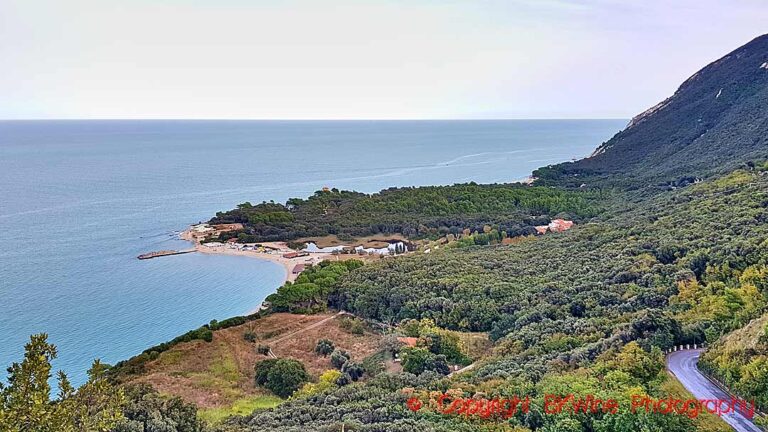Tales from a recent trip
Chile is a wine country in transformation. For twenty years it has been delivering reliable but quite basic wines but now many wine producers think it is time to show that Chile also can produce top quality too. And there are many things going on in the vineyards. New wine regions are created. New grape varieties are planted. New ideas are born… The way we make wine is changing, says Marcelo Papa, chief winemaker at Concha Y Toro, the biggest wine producer in Chile: “Today, in Chile, we focus more on finesse and less on extraction and we start to understand that the soil is important”.
“Today, in Chile, we focus more on finesse and less on extraction and we start to understand that the soil is important”, Marcelo Papa.
Rafael Tirado, winemaker at VIA Wines, is also aiming for elegance in his wines and not too much power. “We now understand better what consumers want, they want wines that are easy to drink, not over-heavy”. More and more winemakers talk about the importance of not harvesting too over-ripe grapes. “Over-ripe grapes results in a loss of style and character, of style; it is the fruit that gives personality to the wine”, says Fernando Almeda, winemaker since 11 years at Miguel Torres.
Roberto Carrancá Silva at Indomita in Casablanca is on the same path. He is trying to reduce the alcohol levels by keeping an abundant canopy (leaving a lot of leaves on the vines) that gives shade to the grapes and avoids excessive exposure to the sun.
“It’s easy to make wine in Chile”, says Patrick Valette (originally from Bordeaux) at VIK Millahue, “the climate is dry and there is plenty of water for irrigation. But if you want to make tip quality you have to think of all the little details and not leave anything to chance, not least the harvest date is important. You mustn’t pick so late that the grapes are over-ripe, but neither too early when tannins are too hard.”
The importance of terroir
“We have shown the market that we can make good varietal wines. The challenge today is to use the terroir, soil types, with have”, says Miguel Torres Maczassek, fifth generation winemaker at Torres and recently permanently settled in Chile. And terroir seems to be the catch word of the day. Santiago Margozzini, chief winemaker at Montgras in Colchagua, says that Chile is in the middle of a “terroir revolution”.
“In the late 80s we started a technical revolution in Chile, with stainless steel tanks, cold fermentation, and aging in oak barrels. During the last five years what’s been important is instead to find the perfect location for each grape variety. We have still a long way to go but we’re getting better and better. We have shown that we can make cheap, reliable wines but now we also want to compete on higher levels.”
Everyone seems to agree that it’s not really important in which valley you happen to have a vineyard. What’s important is where in the valley you have your land. Sergio Homazabal at Viña Ventisquero points out that the climate varies more east-to-west than north-to-south. So, how close are you to the Andes or to the Pacific Ocean? That’s what is important.
New regions open doors to new grape varieties. “In the Central Valley we used to be very limited in the choice of grape varieties”, says Marcelo Papa. “Thanks to new, cooler regions the quality of the white wines has improved enormously the last five years.”
New grape varieties
Casablanca, Leyda, Limarí are just a few examples of new regions that are changing the way we look at wines from Chile. And this is just the beginning. “The best terroirs have not yet been planted!”, says Sergio Hormazabal at Viña Ventisquero. Fernando Almeda at Torres is getting ready to plant vineyards with a, for Chile, new type of vineyards soil, a Priorat-like slate (schist). The first vintage will be 2012, made from e.g. pinot noir. Both Fernando and Miguel Torres Maczassek agree that pinot noir have a great potential in Chile. And they are not alone.
Sergio Hormazabal at Ventisquero also has great plans for pinot noir. “It’s a challenge growing this grape”, says Sergio, “we’re still learning how to handle it. It is a complex grape that you will no doubt need a hundred years to understand! Honestly speaking, ten years ago, the pinot noirs that were made in Chile were not particularly good, but things change rapidly. The quality gets better every year. We have new and better clones, new regions where it gives better results etc.”
Syrah is another grape variety that is making great progress in Chile. Viña Maipo has several interesting syrah-projects in place. “Everyone makes carmenère… We wanted to find something a bit more original and syrah is my favourite grape variety”, says chief winemaker Max Weinlaub. And Ventisquiero has a collaboration with John Duval (who is a well known syrah specialist after having been responsible for Penfold’s Grange for many years) to make their prestige cuvée Pangea in Colchagua.
Not to forget the emblematic grape from Chile, carmenère. Winemakers are more and more learning to treat it in the best ways. “The last few years this grape variety has seen a lot of development”, says Matias Rios, winemaker at Viña Cono Sur. “Ten years ago the winemakers didn’t now much about carmenère and green aromas appeared frequently. Now, we have learned to harvest late and give the grapes more exposure to the sun.” And we are seeing more and more “icon wines” made from carmenère, which used to be a domain reserved fro cabernet sauvignon.
We will continue in the next Brief with more exciting news from the New World, both in Chile, Argentina and South Africa.










